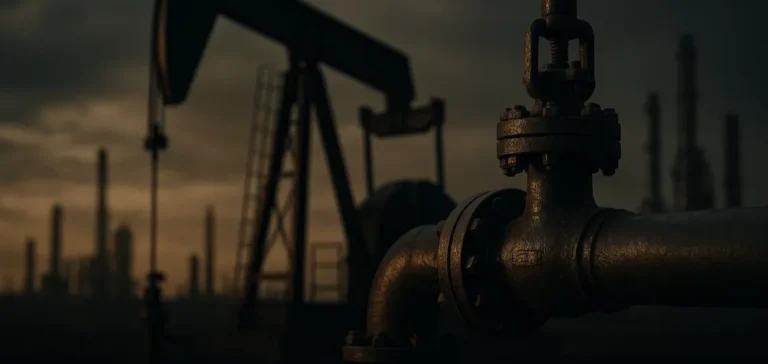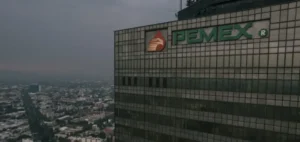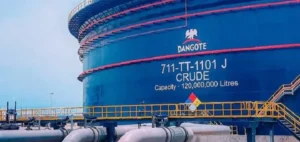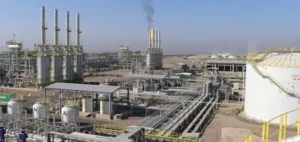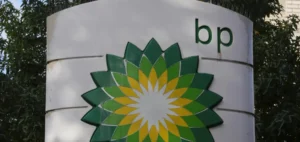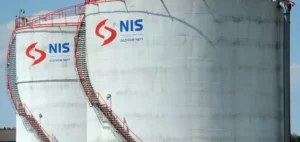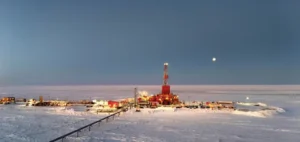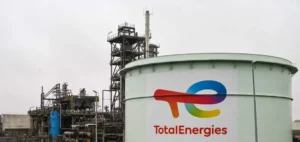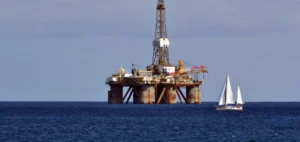The U.S. Energy Information Administration (EIA) projects that the Brent spot price will average below $60 per barrel in the fourth quarter of 2025, a level not seen since 2020. In its August Short-Term Energy Outlook (STEO), the agency estimates that the price will then average around $50 through 2026, due to global supply growth significantly outpacing demand for petroleum products.
OPEC+ production and inventory growth
The Organization of the Petroleum Exporting Countries and its allies (OPEC+) announced they will end production cuts in September 2025, a year ahead of the original schedule. For the first time since 2023, the EIA expects most global supply growth to come from OPEC+ countries. This trend is expected to drive a rapid build-up in global inventories, adding downward pressure on prices.
Impact on the U.S. market
According to the EIA, falling crude prices will lead to lower retail prices for gasoline and diesel in the United States. The average gasoline price is expected to drop from $3.10 per gallon in 2025 to about $2.90 in 2026, while on-highway diesel is forecast to fall below $3.50 per gallon. The agency also foresees a slight contraction in U.S. crude oil output, from 13.4 million barrels per day (bpd) in 2025 to 13.3 million bpd in 2026.
Natural gas and electricity trends
The EIA expects continued increases in natural gas prices at the Henry Hub, reaching $4.30 per million British thermal units (MMBtu) in 2026. U.S. liquefied natural gas exports are projected to grow from 15 to 16 billion cubic feet per day between 2025 and 2026. U.S. electricity demand is forecast to rise by more than 2% annually over the period, driven by the commercial and industrial sectors, while coal-based generation is expected to decline to 491 million short tons in 2026.
EIA projections remain subject to uncertainties, including geopolitical tensions, the evolution of trade sanctions, and the possibility of OPEC+ adjusting production in response to the risk of significant oversupply.


